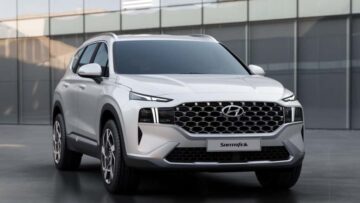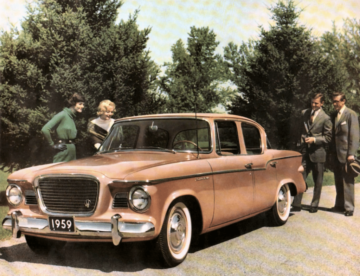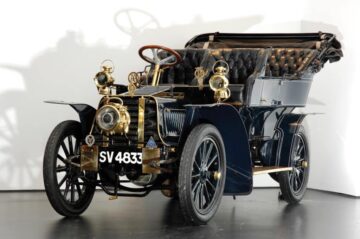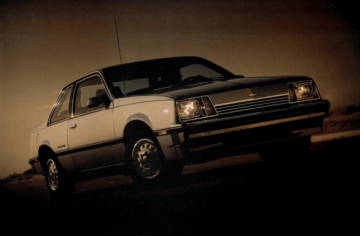After a six-year absence, General Motors is set to return to Europe, this time focusing exclusively on EVs.

The automaker all-but abandoned the market in 2017, selling off its Opel and Vauxhall brands to PSA Group, a predecessor of Stellantis. But in recent years, GM CEO Mary Barra has hinted at the possibility of making a return to the Continental market, telling TheDetroitBureau.com on several occasions that she’d consider the option, but only in all-electric form.
That is the approach it will take, based on comments made by GM Europe President and Managing Director Jaclyn McQuaid this week, telling Automotive News that the return centers around “an all-electric portfolio.”
Separately, sources who spoke to TheDetroitBureau confirmed other reports that GM’s initial focus will be the Scandinavian markets of Finland, Norway and Sweden, as well as Denmark and Switzerland. These markets have some of the highest adoption rates found anywhere in the world. In the last year, more than three-quarters of the new vehicles sold in Norway have been BEVs, according to European data.
“European customers are switching to electric vehicles at a faster rate than anywhere in the world, and GM is investing $35 billion through 2025 to be a major driver of our industry’s transformation,” McQuaid said at the Future of the Car event.
Coming back
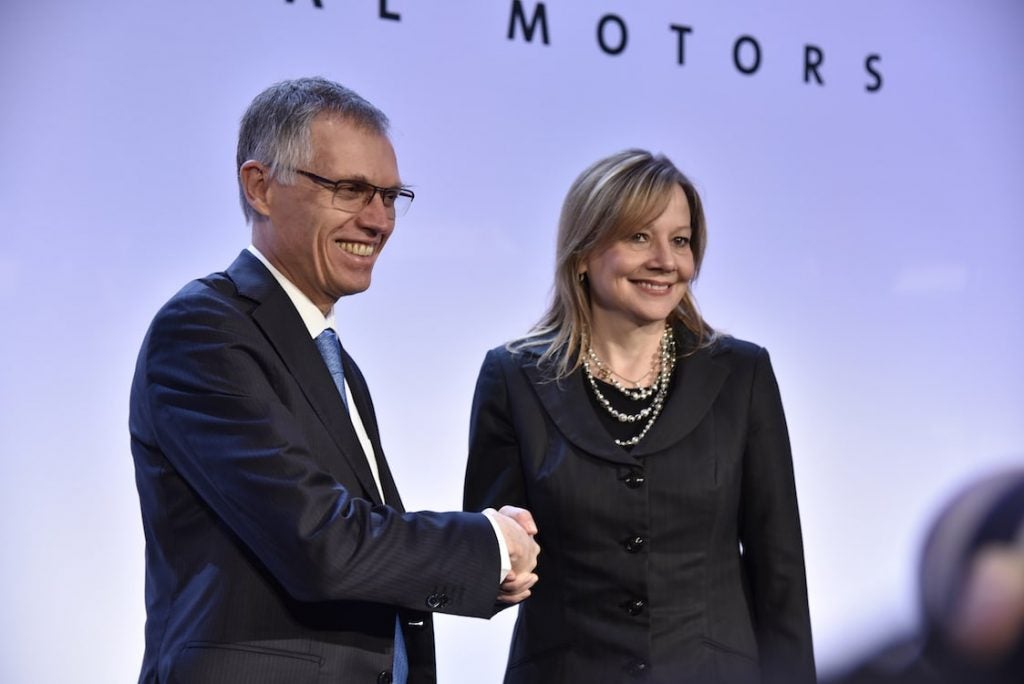
GM had been a major player in Europe for close to a century, acquiring Vauxhall in 1925 and the Opel brand four years later. But those brands, based in the UK and Germany, struggled for decades, running up billions of dollars in losses when, in 2017, they were sold to PSA, shortly before the French-based company merged with Fiat Chrysler to form Stellantis. Ironically, Opel and Vauxhall returned to the black within a year after the sale.
In speaking with TheDetroitBureau.com in June 2020, Barra said she’d like to see GM make the return to Europe but, in line with its overall strategy, that would only come when it had enough of the right product to justify positioning itself as an all-electric brand. She did not provide a timetable. Last year, Barra reaffirmed that goal, stating that she was “looking forward” to getting back into the European market.
Now, however, the building blocks appear to have fallen in place. The automaker has been slow to expand its EV line-up and will this year drop its first long-range models, the Chevrolet Bolt EV and EUV. The GMC Hummer EV would likely find little demand due to its size, several insiders cautioned. But GM is now prepping a wave of more appropriate products.
It launched the Cadillac Lyriq last year and will follow with two Chevy models late in 2023, the Equinox EV and Blazer EV. There’s also a new super-premium Cadillac Celestiq in the works which could be positioned to rival the most exclusive products from brands like Mercedes-Benz and BMW, perhaps even Ferrari and Bentley, based on its anticipated price.
GM also has two full-size pickups coming, electric versions of the Chevrolet Silverado and GMC Sierra — though it’s not clear if those are being considered for European sales.
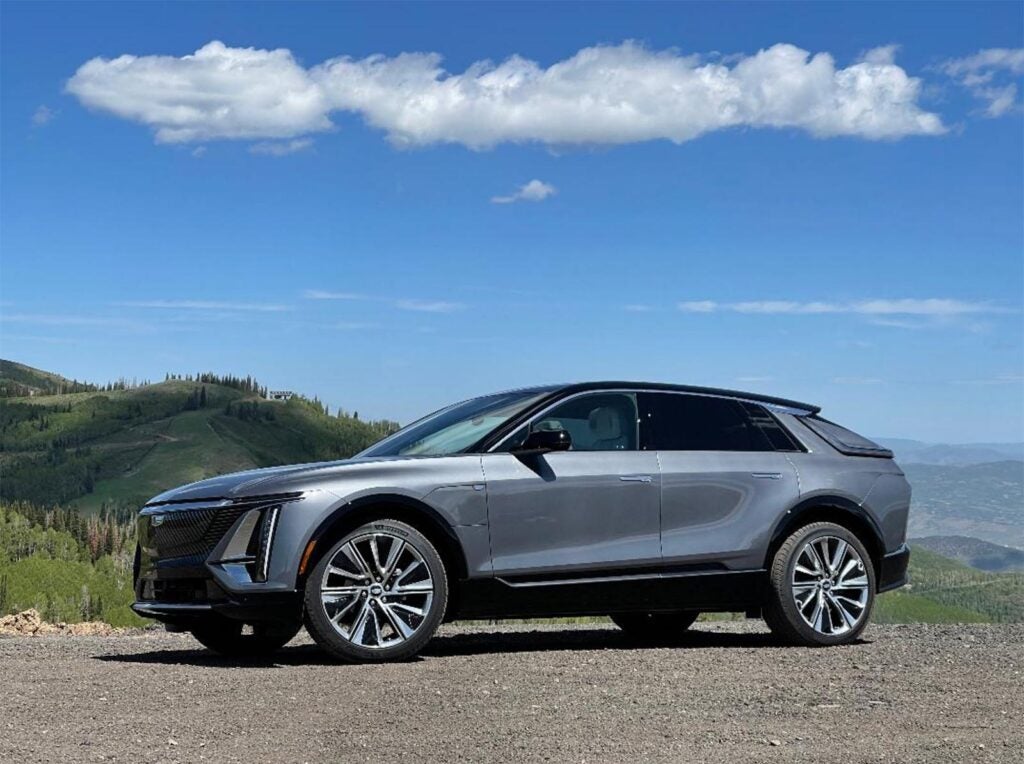
Alternative product pipeline
Another possibility would be to tap the line-up of all-electric models that GM is developing specifically for China. It recently revealed the Electra E5 and last year indicated it was working on five BEVs specifically for the Asian nation, the world’s biggest market for battery-electric vehicles by volume.
What’s clear is that all the electric vehicles going to Europe will be based on the Ultium drive technology GM has developed.
What is yet to be confirmed is how GM will handle setting up a distribution network for Europe. Since the sale of Opel and Vauxhall was completed, it has maintained a relatively small presence on the Continent through the Zurich-based Cadillac Europe. That handles a limited line-up of sporty American models, the Chevrolet Camaro — which is scheduled to go out of production in early 2024 — as well as the Cadillac XT4 and Chevrolet Corvette.
Also unclear is whether those products will continue to be sold in Europe and, if so, for how long.
GM has launched a hybrid version of the Corvette. Dubbed the E-Ray, it’s the only hybrid GM now plans to build, though the automaker has confirmed an all-electric version of the sports car is under development.
GM’s decision to exit Europe in 2017 came as a shock to those who long followed the automaker. Since its earliest days, General Motors positioned itself as the world’s largest automotive manufacturer and stuck with money-losing operations in order to maintain that position. But, since taking on the CEO role in 2014, Barra has bucked tradition, shuttering an assortment of loss-making operations, including ones in Europe, Australia, South Africa, Russia and India.
The automaker has ceded its role as world’s best-selling automaker, now surpassed by Toyota, Volkswagen, the Renault-Nissan-Mitsubishi Alliance and even the Hyundai Motor Group.
- SEO Powered Content & PR Distribution. Get Amplified Today.
- PlatoAiStream. Web3 Data Intelligence. Knowledge Amplified. Access Here.
- Minting the Future w Adryenn Ashley. Access Here.
- Buy and Sell Shares in PRE-IPO Companies with PREIPO®. Access Here.
- Source: https://www.thedetroitbureau.com/2023/05/its-back-to-europe-for-gm-but-in-ev-only-form/
- :has
- :is
- :not
- $UP
- 2014
- 2017
- 2018
- 2020
- 2023
- 2024
- 2025
- a
- According
- acquiring
- Adoption
- africa
- After
- All
- all-electric
- Alliance
- also
- American
- an
- and
- Anticipated
- anywhere
- appear
- approach
- appropriate
- ARE
- around
- AS
- asian
- assortment
- At
- Australia
- automotive
- back
- based
- BE
- been
- before
- being
- Biggest
- Billion
- billions
- Black
- Blocks
- BMW
- Bolt
- brand
- brands
- bring
- build
- Building
- Bureau
- but
- by
- Cadillac
- came
- car
- Centers
- Century
- ceo
- Chair
- Chevrolet
- chevrolet bolt
- China
- chrysler
- circumstances
- clear
- Close
- Cloud
- COM
- come
- coming
- comments
- company
- Completed
- CONFIRMED
- Consider
- considered
- continent
- continental
- continue
- could
- Customers
- data
- Days
- decades
- decision
- Demand
- Denmark
- developed
- developing
- Development
- DID
- Director
- distribution
- dollars
- drive
- driver
- dubbed
- due
- Early
- Electric
- electric vehicles
- enough
- Europe
- European
- European Data
- EV
- Even
- Event
- Exclusive
- exclusively
- Exit
- Expand
- Fallen
- faster
- Ferrari
- Fiat
- Fiat Chrysler
- Find
- Finland
- First
- Focus
- focusing
- follow
- followed
- For
- form
- found
- four
- from
- future
- General
- General Motors
- Germany
- getting
- GM
- Go
- goal
- going
- Group
- had
- handle
- Handles
- Hands
- Have
- highest
- How
- However
- HTTPS
- Hybrid
- Hyundai
- if
- in
- Including
- india
- indicated
- industry’s
- initial
- into
- investing
- Ironically
- IT
- ITS
- itself
- jpg
- june
- largest
- Last
- Last Year
- Late
- later
- launched
- left
- like
- likely
- Limited
- Line
- little
- Long
- losses
- made
- maintain
- major
- make
- Making
- managing
- Managing Director
- Manufacturer
- Market
- Markets
- mary barra
- max-width
- models
- more
- most
- Motor
- Motors
- nation
- network
- New
- news
- Norway
- now
- occasions
- of
- off
- on
- ones
- only
- Operations
- Option
- order
- Other
- our
- out
- overall
- part
- perhaps
- Place
- plans
- plato
- Plato Data Intelligence
- PlatoData
- player
- portfolio
- position
- positioned
- positioning
- possibility
- predecessor
- presence
- president
- price
- Product
- Production
- Products
- provide
- Rate
- Rates
- reaffirmed
- recent
- recently
- relatively
- REPEATEDLY
- Reports
- return
- Revealed
- right
- Rival
- Role
- running
- Russia
- Said
- sale
- sales
- Scandinavian
- scheduled
- see
- set
- setting
- several
- she
- Shortly
- side
- since
- Size
- slow
- small
- So
- sold
- some
- Sources
- South
- South Africa
- speaking
- specifically
- Sports
- Strategy
- surpassed
- Sweden
- switzerland
- Take
- taking
- Tap
- Technology
- than
- that
- The
- The Future
- the UK
- the world
- These
- they
- this
- this week
- this year
- those
- though?
- Through
- time
- timetable
- to
- toyota
- tradition
- Transformation
- two
- Uk
- under
- Vehicles
- version
- volkswagen
- volume
- was
- Wave
- week
- WELL
- were
- when
- whether
- which
- WHO
- will
- with
- within
- working
- works
- world
- world’s
- would
- year
- years
- yet
- zephyrnet
- Zurich-based

